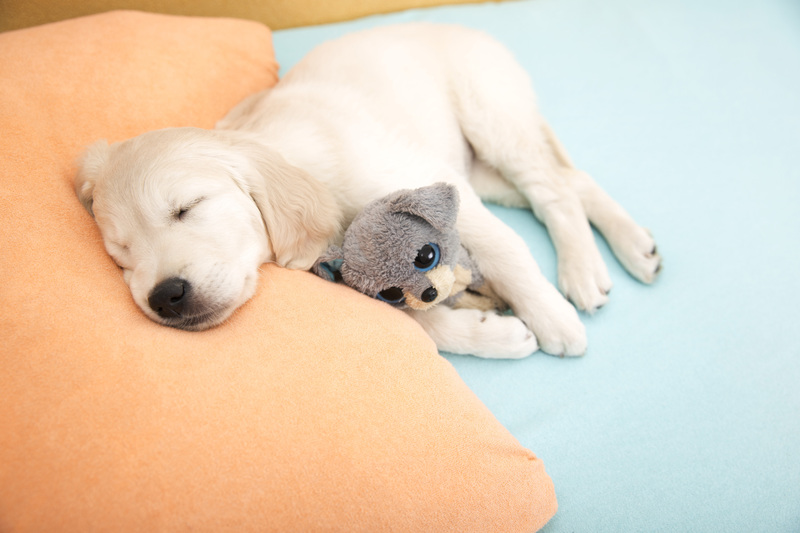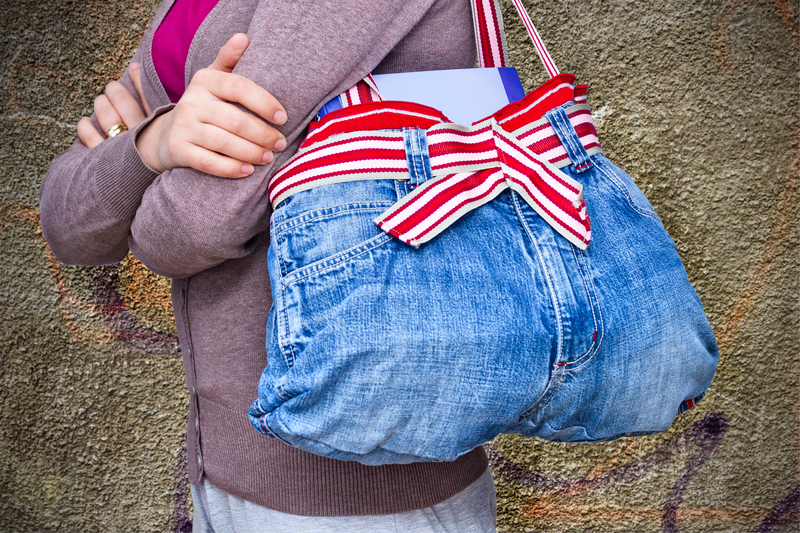From Cardboard to Canvas: Creative Upcycling for Budding Artists
Are you an aspiring artist searching for innovative ways to express your creativity without breaking the bank? With environmental concerns growing and budgets tightening, the art world is embracing upcycling as the freshest frontier for creative expression. Let's explore how budding artists can transform everyday discarded materials--especially humble cardboard--into stunning works of art. Welcome to the movement of creative upcycling for artists!
What Is Upcycling? The Artistic Angle
Upcycling is the process of taking disposable, unwanted, or seemingly useless items and transforming them into something of higher value or quality. In the realm of art, upcycling goes beyond recycling by infusing trash with creativity. This approach helps reduce waste while simultaneously opening doors to new forms of inspiration. Instead of purchasing expensive canvases and supplies, artists can turn to cardboard and other materials destined for the landfill and give them new life on their artistic journey.
Why Cardboard? The Perfect Artistic Medium
- Accessibility: Cardboard is everywhere! From packaging boxes to cereal packages, it's easy to find and free.
- Versatility: Its smooth surface works well with paint, pastels, ink, collage, and mixed-media techniques.
- Eco-Friendliness: Using upcycled cardboard means fewer trees are cut down for traditional canvas production.
- Low Pressure: Beginners often feel less intimidated starting on a piece of cardboard compared to a store-bought canvas.

Creative Upcycling: Transforming Cardboard into Art
1. Preparing Your Canvas: Cardboard as the Foundation
Before you begin, ensure your cardboard is clean, dry, and sturdy. For larger projects, glue multiple layers to achieve desired thickness. Try these preparation tips:
- Remove tape, staples, and labels that might interfere with your artwork.
- Seal the surface with a gesso or white acrylic paint to prevent warping and provide a smooth background.
- For a unique look, leave some raw cardboard edges exposed for added texture.
2. Painting on Cardboard: Techniques That Shine
With your cardboard "canvas" ready, you can unleash your creativity:
- Acrylic Paint: Fast-drying and vibrant, acrylics work exceptionally well on primed cardboard.
- Watercolor & Inks: Use minimal water to avoid warping; explore unique bleeding and blending effects.
- Collage: Layer magazine clippings, fabric scraps, or textured paper for multimedia masterpieces.
- Spray Paint: Perfect for stenciling, graffiti art, or creating bold backgrounds.
- Markers & Pastels: Graphic lines and bright colors pop beautifully on cardboard surfaces.
3. Sculptures & 3D Art:
Thinking beyond two dimensions? Cardboard is robust enough for making sculptures, masks, jewelry, or even furniture. Budding artists can:
- Cut and score cardboard into shapes, then fold and glue pieces for three-dimensional artworks.
- Layer and laminate to develop depth, curves, and interesting textures.
- Join with other upcycled materials: supplement with plastic bottles, fabric, wire, or found objects for mixed-media installations.
Inspiration from the Masters: Artists Who Upcycle
Need proof that upcycled art is legitimate? Many contemporary artists are embracing upcycling, pushing the boundaries of creativity and sustainability.
- Mark Langan - Famed for his complex, textural cardboard sculptures and wall art, turning common materials into museum-worthy pieces.
- Ann Weber - Transforms found cardboard into large-scale, organic, basketlike sculptures that redefine the potential of discarded materials.
- Scott Fife - Customizes cardboard and hardware into evocative portraits and animal busts, displaying craftsmanship and innovation.
Creative Upcycling Project Ideas for Budding Artists
DIY Cardboard Canvas Wall Art
- Cut a large rectangle from corrugated cardboard.
- Prime with gesso or acrylic paint.
- Sketch your design, then paint with your chosen medium.
- For extra texture, add layers with tissue paper, string, or even dried leaves.
- Mount with adhesive strips or frame for a finished look.
Upcycled Cardboard Sculptures
- Draw your design on paper, then transfer onto the cardboard.
- Cut shapes and assemble using glue or masking tape.
- Add detail with papier-mache, thin wire, or other scrap materials.
- Paint or decorate as desired.
Collage Portraits from Packaging
- Collect colorful packaging, magazines, and old postcards.
- Layer the cutouts onto a sturdy cardboard backing.
- Use mod podge or glue to fix the pieces in place, creating unique, textured portraits or landscapes.
The Benefits of Upcycling for Aspiring Artists
Adopting upcycling for your art practice comes with numerous advantages:
- Eco-Consciousness: Reduce your environmental footprint by diverting waste from landfills.
- Cost-Effectiveness: Use free or very inexpensive materials, perfect for artists on a budget.
- Unmatched Creativity: Working within constraints often sparks the most original ideas.
- Skill Building: Learn to work with new textures, tools, and materials.
- Community Engagement: Upcycling workshops and exhibitions draw in eco-minded audiences.
Essential Tips for Budding Upcycled Artists
- Collect Materials Thoughtfully: Start a "treasure chest" of interesting recyclables--cardboard, bottle caps, fabric scraps, and more.
- Watch for Warping: When painting, use light layers and let each dry before continuing to prevent soggy cardboard.
- Experiment Boldly: Try different mediums and tools, exploring the boundaries between two and three dimensions.
- Seal Your Work: To make your upcycled art durable, consider a spray or painted sealant--especially if displaying outdoors.
- Share and Inspire: Post your projects online, join upcycling and art communities, or even start a blog to inspire others.
Beyond Cardboard: Other Upcyclable Materials for Artists
While corrugated cardboard is the star, don't stop there. Almost anything can serve as an unconventional canvas or material:
- Plastic Bottles: Cut, melt, or paint for wearable art and sculptures.
- Glass Jars: Repurpose as candle holders, lanterns, or mini terrariums--with painted or etched designs.
- Fabric Scraps: Perfect for collage, stitch art, and textile creations.
- Newspapers & Magazines: Use for papier-mache, collage, or even paper jewelry.
- Metal Cans & Lids: Transform into sculpture, mobiles, or paint them into quirky wall art.
Where to Find Upcycling Inspiration Online
- Pinterest: Search for "cardboard art," "upcycling for artists," or "creative recycling ideas."
- Instagram: Explore hashtags like #UpcycledArt, #CardboardCanvas, #EcoArt, and #TrashToTreasure.
- Creative Community Platforms: Join online forums, participate in challenges, and collaborate on eco-art projects.
- YouTube: Hundreds of tutorials cover creative upcycling techniques for all skill levels.
Creative Upcycling in Art Education
Teachers and art educators are increasingly incorporating upcycling into lessons to encourage creativity, resourcefulness, and sustainability. Some benefits include:
- Developing Critical Thinking: Finding solutions with non-traditional art materials.
- Teamwork: Students can work together to collect, brainstorm, and create large-scale upcycled installations.
- Sustainable Mindset: Instills values of environmental stewardship and mindful consumption from a young age.
Tips for Classroom Upcycling Projects
- Organize a class-wide material collection drive in your community or school.
- Host an upcycled art exhibition for students to showcase their creativity.
- Collaborate with local businesses for access to unique recyclable materials.
Creative Upcycling for Beginners: Quick Project Ideas
- Mini Easels from Toothpicks and Cardboard: Construct tiny easels and create a series of miniature cardboard canvases.
- Stamped Patterns: Carve stamps out of cardboard or bottle corks to print repeating patterns or designs.
- Shadow Boxes: Layer cardboard "frames" with upcycled backgrounds and 3D collage elements.
- Textured Abstracts: Glue on corrugated strips, bubble wrap, or mesh for tactile abstract compositions.

How to Exhibit and Sell Upcycled Artworks
Upcycled art's unique backgrounds, creative stories, and eco-friendly appeal offer powerful selling points. To share and monetize your masterpieces:
- Participate in Eco-Art Exhibitions: Look for galleries and pop-up events focused on sustainability.
- Open an Online Store: Platforms like Etsy, eBay, or your own website cater to handmade, one-of-a-kind products.
- Leverage Social Media: Share your process and finished pieces to attract buyers and collaborators.
- Pitch to Local Boutiques: Eco-conscious retailers may welcome guest artists or feature upcycled art in their inventory.
Pro tip: Always highlight the materials' origin story and your creative process--today's art collectors value narrative as much as aesthetics!
From Cardboard to Canvas: The Future of Upcycled Art
As the world grapples with sustainability and climate change, creative upcycling for budding artists is more relevant than ever. By turning "trash" into treasure, artists foster a world where art and environmental responsibility intertwine beautifully. So, the next time you receive a delivery in a cardboard box or finish a cereal packet, don't toss it away--consider it a blank canvas for your next masterpiece.
If you're looking for SEO-optimized ideas for beginner artists, creative recycling projects, or unique art tutorials, remember that every upcycled artwork is a step toward a greener, more imaginative world.